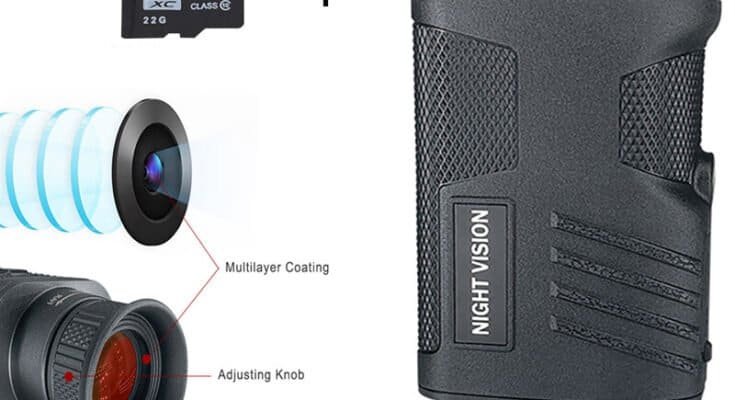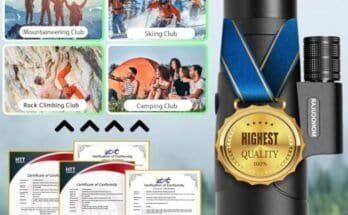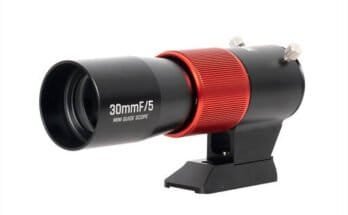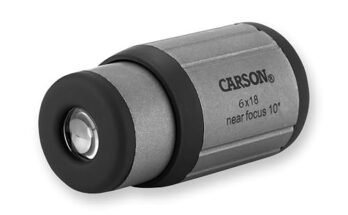I’ve tested monoculars on trails, at stadiums, and in busy cities. If you want a compact way to see farther without hauling binoculars, you’re in the right place. So, what is a monocular used for? It’s a small, single-lens scope that brings distant subjects closer, fast. From birding to travel and even low-vision support, a monocular is a pocket tool that delivers clarity when details matter. Let’s explore how to choose one, how to use it well, and where it shines most in real life.

What Is A Monocular, Exactly?
A monocular is a handheld optical device that magnifies distant objects using a single tube and lens system. Think of it as half a pair of binoculars with full utility. It’s lighter, smaller, and quicker to deploy from a pocket.
Key points:
- Magnification brings the subject closer so you can see details.
- It fits in one hand and can be used with glasses.
- It works well for short looks when you don’t want to carry bulky gear.
From my experience, a 10×25 monocular sits well in a jeans pocket and covers most day-to-day needs. It is fast to aim and great for quick scans.
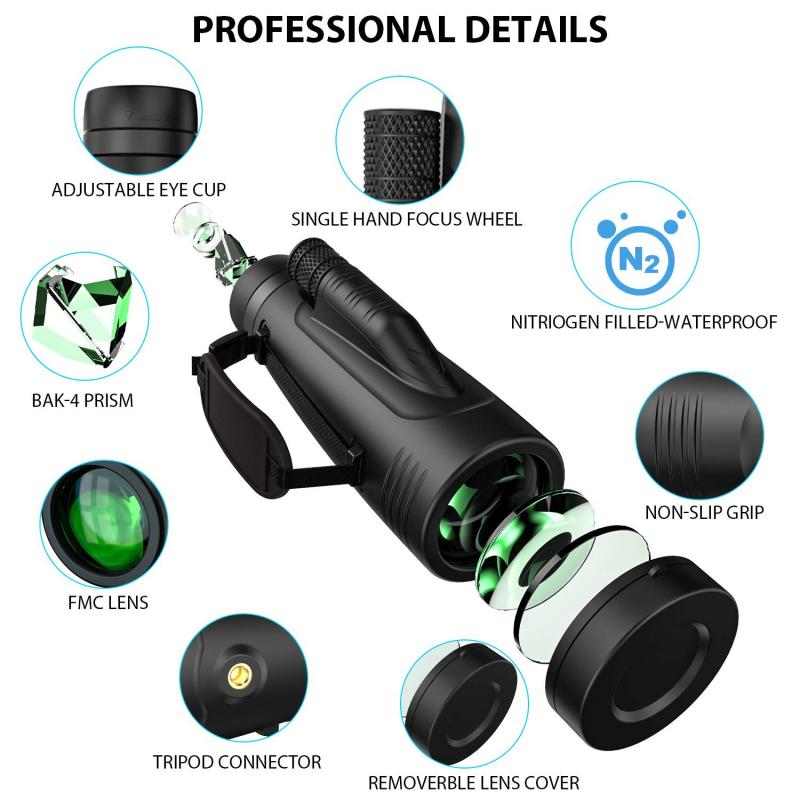
Core Uses: Where A Monocular Shines
A monocular is handy anywhere you need reach without weight. Here are the most common uses with examples from the field.
Outdoors and nature:
- Birdwatching: Spot markings, beaks, and wing bars from a safe distance.
- Hiking and wildlife viewing: Check out a ridge line, a deer in a meadow, or trail signs ahead.
- Boating: Read buoy numbers or spot channel markers quickly.
Travel and urban life:
- Tourism: Read cathedral details, clock faces, or museum signage from afar.
- Events and sports: See jersey numbers or performers without pushing through crowds.
- City scouting: Confirm bus stops or street names from across an avenue.
Hobbies and work:
- Photography aid: Pair with a smartphone adapter for quick tele shots.
- Construction and inspections: Read labels or check roof edges from the ground.
- Security and site assessment: Discreetly observe from a distance.
Emergency and preparedness:
- Navigation: Read trail markers in bad light.
- Search and safety: Scan for people or landmarks when every minute counts.
Accessibility:
- Low vision: Some users keep a monocular to read street signs, menus on walls, or transit boards. Compact models with wide fields are helpful here.

Monocular vs. Binoculars vs. Spotting Scopes
Understanding the differences helps you pick the right tool.
Monocular:
- Best for portability and quick looks.
- Lighter and cheaper on average.
- Easier to carry daily.
Binoculars:
- Best for long viewing and comfort.
- More stable view using two eyes.
- Heavier and bulkier to carry.
- Best for long-range and high detail.
- Needs a tripod for stable images.
- Heaviest and most expensive.
If I’m out for a full morning of birding, I bring binoculars. For a city day or a trail run, I pocket a monocular and never regret it.
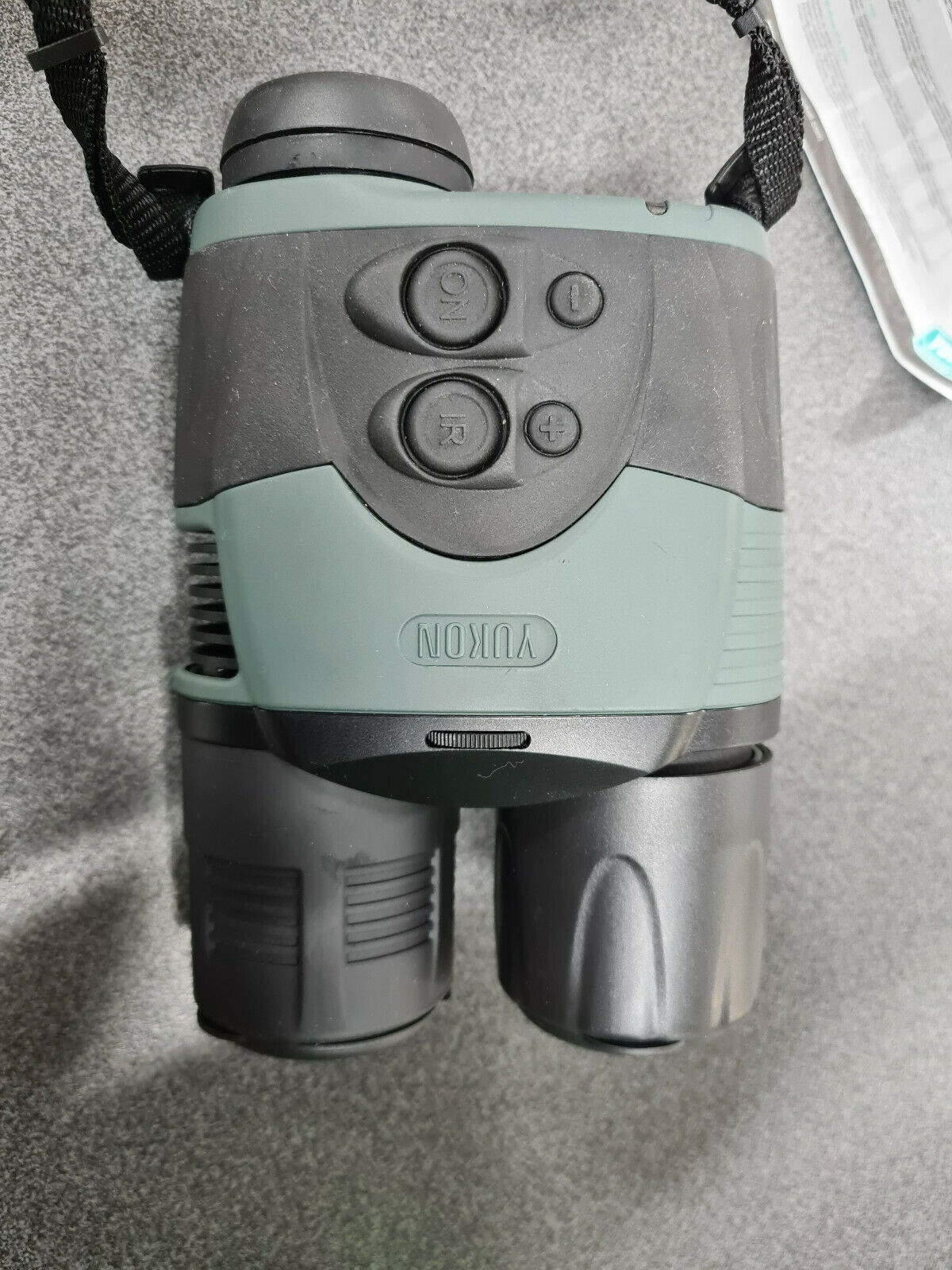
Technical Basics: How A Monocular Works
You’ll see specs like 8×25 or 10×42. Here’s what they mean and why they matter.
- Magnification (8x, 10x, 12x): How much closer the subject appears. Higher isn’t always better. Many people hold 7x to 10x steadier by hand.
- Objective lens diameter (25, 36, 42 mm): Larger lenses gather more light, helpful at dusk, but add size and weight.
- Field of view: How wide the scene looks. Wider fields make it easier to track moving subjects and find your target fast.
- Exit pupil: Objective size divided by magnification. Bigger exit pupils look brighter in low light.
- Eye relief: Distance your eye can be from the eyepiece and still see the full view. Important if you wear glasses.
- Prism type: Roof prisms are slim. Porro prisms can offer great value with a bit more bulk.
- Coatings: Fully multi-coated optics boost light transmission and contrast for clearer images.
Industry testing suggests most users find 8x to 10x a sweet spot for handheld stability and clarity.

Picking The Right Monocular For Your Needs
Match your use case to your specs and budget.
For travel and city use:
- 8×20 to 10×25
- Pocket size, light weight
- Fully multi-coated glass
For wildlife and general outdoor:
- 8×32 to 10×36
- Wider field of view
- Weather-sealed if possible
For low light and extended viewing:
- 8×42 to 10×42
- Bright image at dawn and dusk
- Comfortable eye relief
For low-vision support:
- Lightweight, high-contrast optics
- Adjustable eye cup and generous eye relief
- Smooth focus wheel
Nice-to-have features:
- Waterproof and fog-proof sealing
- Rubber armor for grip
- Tripod socket for steady views
- Smartphone adapter for quick photos
Pro tip: If you have shaky hands, consider 7x or 8x. Stability beats raw magnification when you need detail.
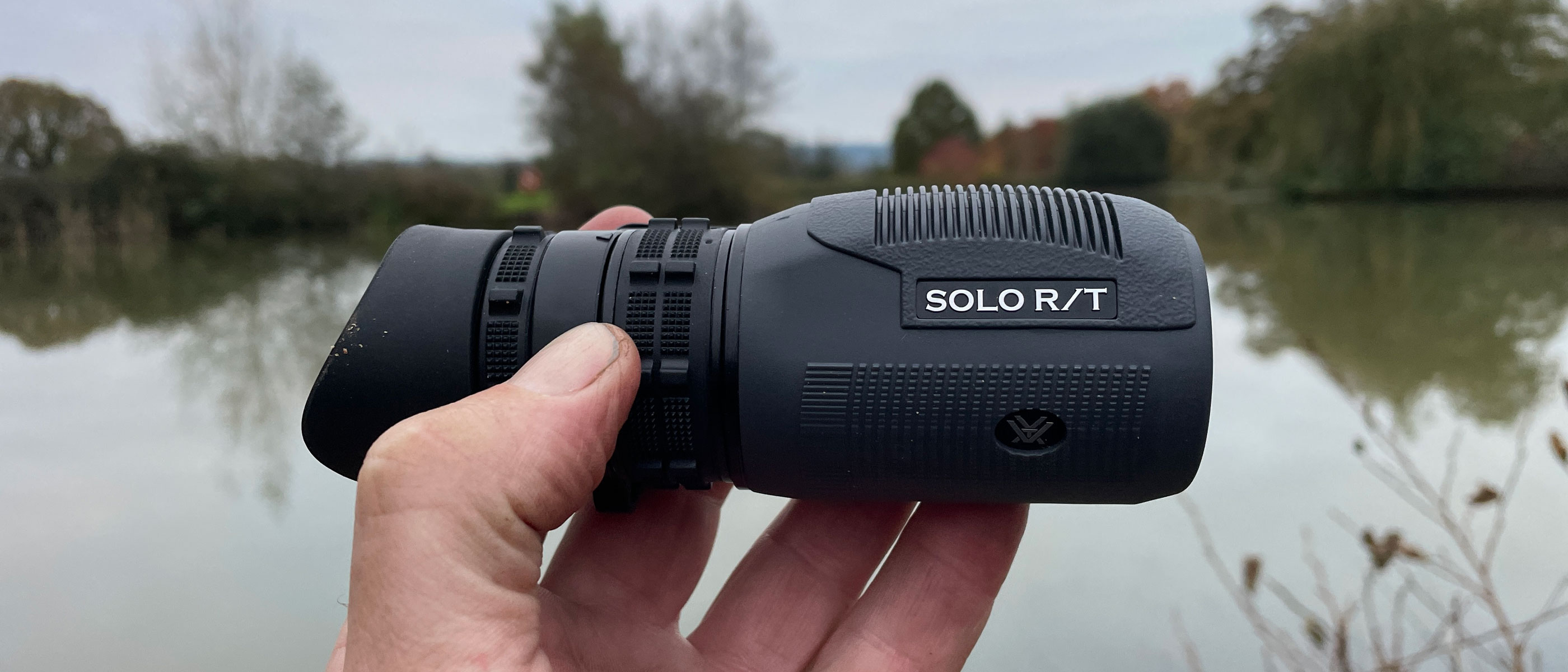
How To Use A Monocular Like A Pro
A few small habits make a big difference.
- Brace for stability: Tuck your elbow into your chest. Rest the monocular against your brow. Use a railing or tree if nearby.
- Start at low power: If adjustable, begin low, acquire the subject, then zoom in.
- Focus smoothly: Turn the focus wheel until fine details snap into view. Take a breath and refine.
- Use your dominant eye: Try both; pick the one that feels more natural and reduces eye strain.
- Manage glare: Shade the eyepiece with your hand or a hat brim in bright sun.
- Pair with your phone: A simple adapter lets you document birds, signs, or notes you can’t get close to.
From my field notes: I often spot a bird with the naked eye first, lock my posture, then bring the monocular up without losing the target. That motion becomes muscle memory with a few hikes.

Care, Maintenance, And Durability
Keep your optics clear and your investment safe.
- Use a blower first: Remove dust before wiping to avoid scratches.
- Clean with a microfiber cloth: Apply lens solution to the cloth, not the glass.
- Keep caps on: Protect lenses when not in use.
- Store dry: Use a small desiccant pack in the case to prevent fog and fungus.
- Check seals: If it’s waterproof, make sure caps and rings stay snug.
I once wiped a sandy lens in a hurry and learned the hard way. A 10-second air blower saves a 10-year lens.
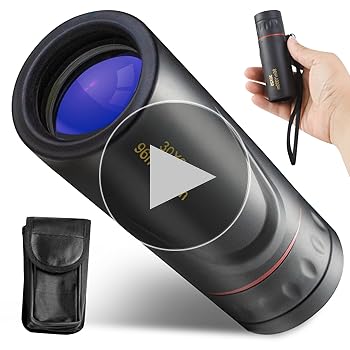
Common Mistakes To Avoid
Learn from my trials so you skip the errors.
- Chasing max zoom: High magnification without stability reduces real detail.
- Ignoring eye relief: If you wear glasses, too-short eye relief will frustrate you.
- Skipping weather sealing: Outdoor use needs water and fog protection.
- Buying too big: If it stays in a drawer, it’s the wrong tool. Pocketable wins.
- Neglecting practice: Smooth focusing and target acquisition come with reps.
Legal, Ethical, And Safety Considerations
Respect privacy, wildlife, and local laws.
- Be discreet in public spaces: Avoid pointing at private homes or people.
- Follow wildlife distance rules: Don’t stress animals for a closer look.
- Check venue policies: Some events restrict optical devices.
- Use common sense near roads and cliffs: Don’t fixate through the lens while moving.
- Be transparent: In professional contexts, let people know if you’re observing as part of your job.
Frequently Asked Questions Of What Is A Monocular Used For?
Is A Monocular Better Than Binoculars?
It depends. Monoculars win on size and convenience. Binoculars are better for long, relaxed viewing with a wider, more stable image.
What Magnification Should I Choose?
Most people do best with 8x to 10x. It balances reach and handheld stability. If your hands shake, pick 7x or 8x.
Can I Use A Monocular With Glasses?
Yes. Choose one with at least 15 mm of eye relief and a twist-up eye cup. That helps you see the full field.
Are Monoculars Good For Low Light?
Yes, if you pick larger objective lenses like 32 mm or 42 mm and quality coatings. They gather more light and look brighter at dusk.
Can A Monocular Replace A Spotting Scope?
For quick looks, yes. For long-range detail and steady viewing, a spotting scope with a tripod is better.
Can I Take Photos Through A Monocular?
Yes. Use a smartphone adapter to align the camera with the eyepiece. It works well for travel snaps and basic wildlife shots.
Are Night Vision Or Thermal Monoculars Worth It?
They are great for darkness and search tasks. They cost more and serve specific needs like security, wildlife surveys, or rescue work.
Wrap-Up: See More With Less
A monocular is a compact, practical way to bring the far closer. It helps on hikes, in stadium seats, while traveling, and even for low-vision tasks. Choose the right magnification, mind the basics of stability and focus, and you’ll get crisp, useful views in seconds.
Try one on your next trip or weekend walk. Practice a few steady holds. You’ll be surprised how often it saves time and reveals details you would have missed.
Want more gear tips and hands-on reviews? Subscribe, share your questions in the comments, and explore our other guides to pick the perfect optics for your needs.
